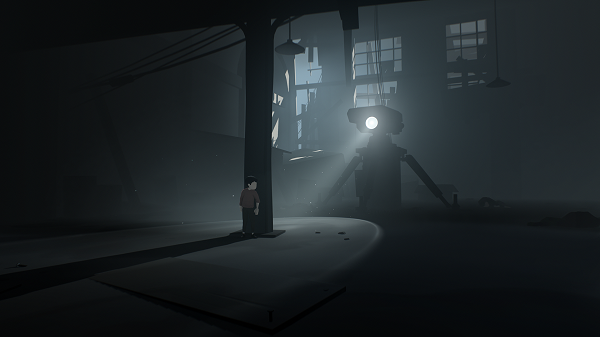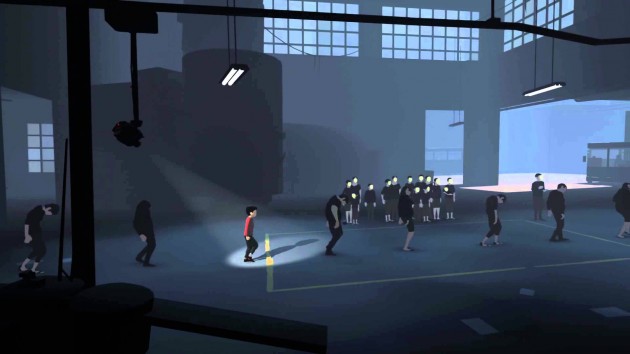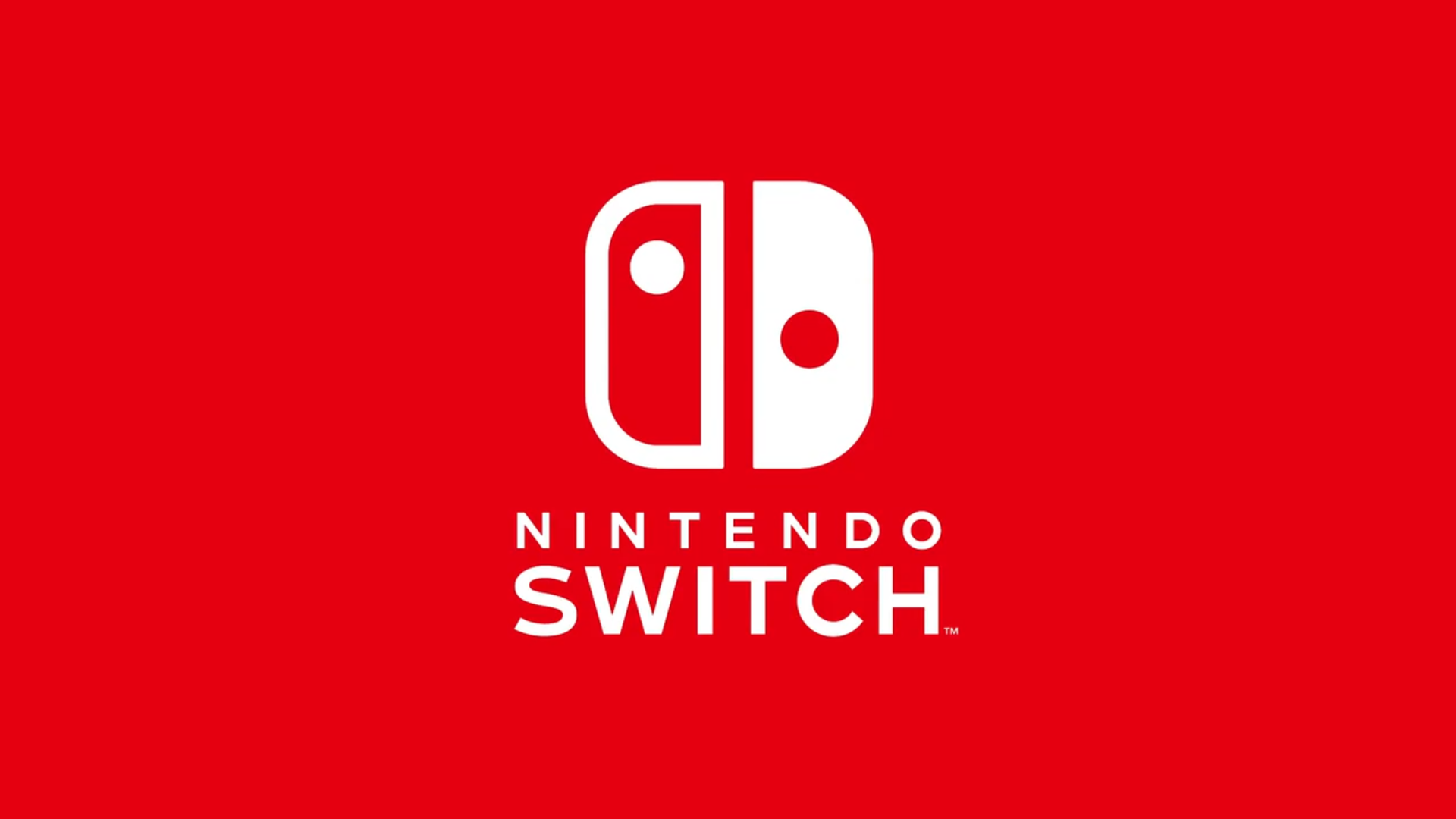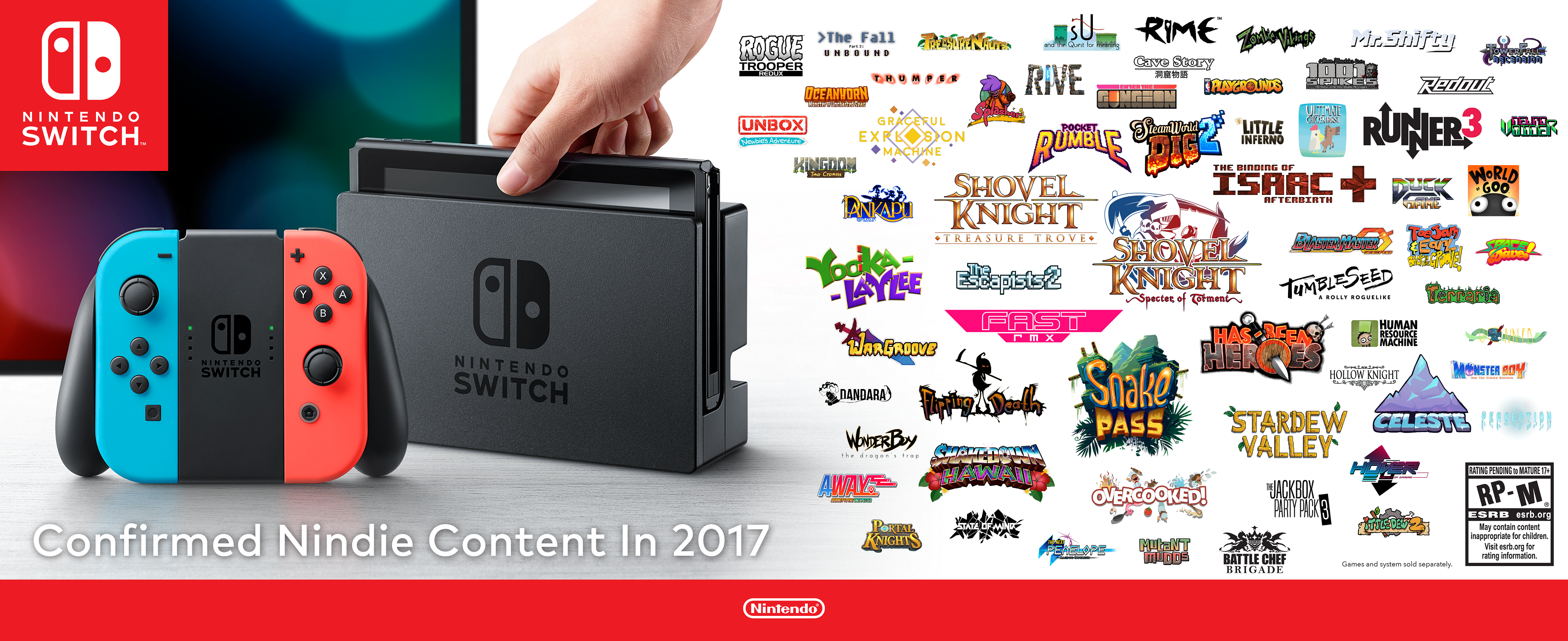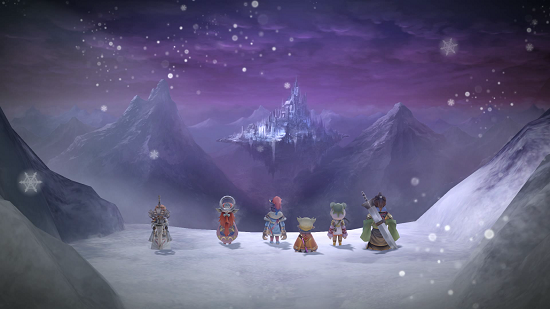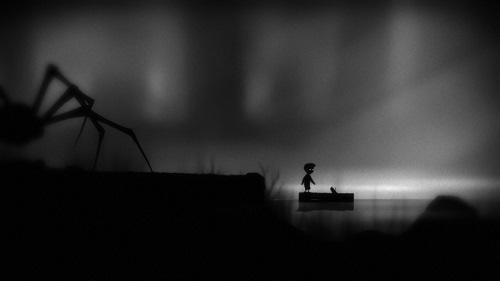
Upon its release in 2010, Limbo launched to critical acclaim, commercial success and put Playdead’s name on the map. As an Xbox 360 exclusive at launch, the game was initially limited in reach but has since gradually released on almost every platform under the sun. Now, with the game’s release on Nintendo Switch, it’s the perfect time for me to revisit a game that captivated me at launch with its dark visual style and emergent narrative – aspects which were refined in Playdead’s second game Inside.
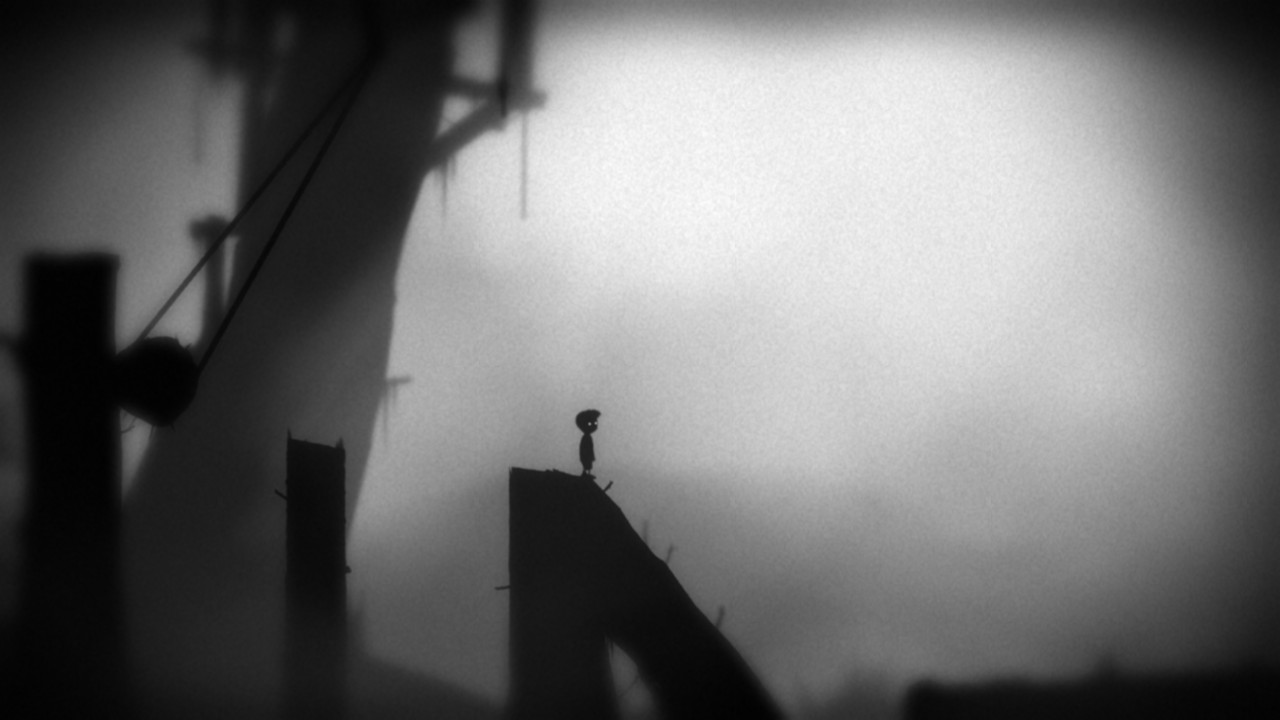
From first boot Limbo’s artstyle is immediately striking, completely eschewing colour for blacks, whites and greyscales to create a stark picture on your screen. It perfectly sets the tone for the rest of the game, which is to be a depressing journey filled with danger and death. Hazards merge into the landscape, forcing you to be extremely observant as you progress in an effort to limit deaths – although there is no real penalty for death and the automatic checkpoint system is utterly fantastic. Your character and the majority of his environment consist of solid black shapes, with the backgrounds consisting of greyscale colours and white used to highlight certain important things. This means that even with such a limited palette, you can still clearly make out details as you progress. Props are relatively sparse, but what is there has an immediate impact. Humanoid dummies hanging from nooses, cages hanging from trees (some containing bodies) and corpses floating in the water work towards setting a distinctive tone. It’s a fantastic visual style, although the later parts of the game don’t use it as effectively and begin to push towards the simply dreary.
As you progress through the largely barren and oppressing environments, you’re not given a single shred of dialogue or narration by which to interpret the game’s narrative. Instead, you’re expected to form your own ideas and interpretation from the visuals before you. The abandoned buildings, barren landscapes and myriad of traps, as well as the few interactions which people – all of which are attempts to end your life – spoke to me of a world which has gone through a cataclysmic event that has now turned the remaining living people to go to any means to survive. You’re never given a reason for your character’s journey in this world as it happens, nor are you given closure at the game’s end. At the game’s initial release this was still a relatively uncommon narrative choice and it has since become one of the better examples of an emergent narrative done right. Almost eight years have passed since then and the narrative still holds up today.
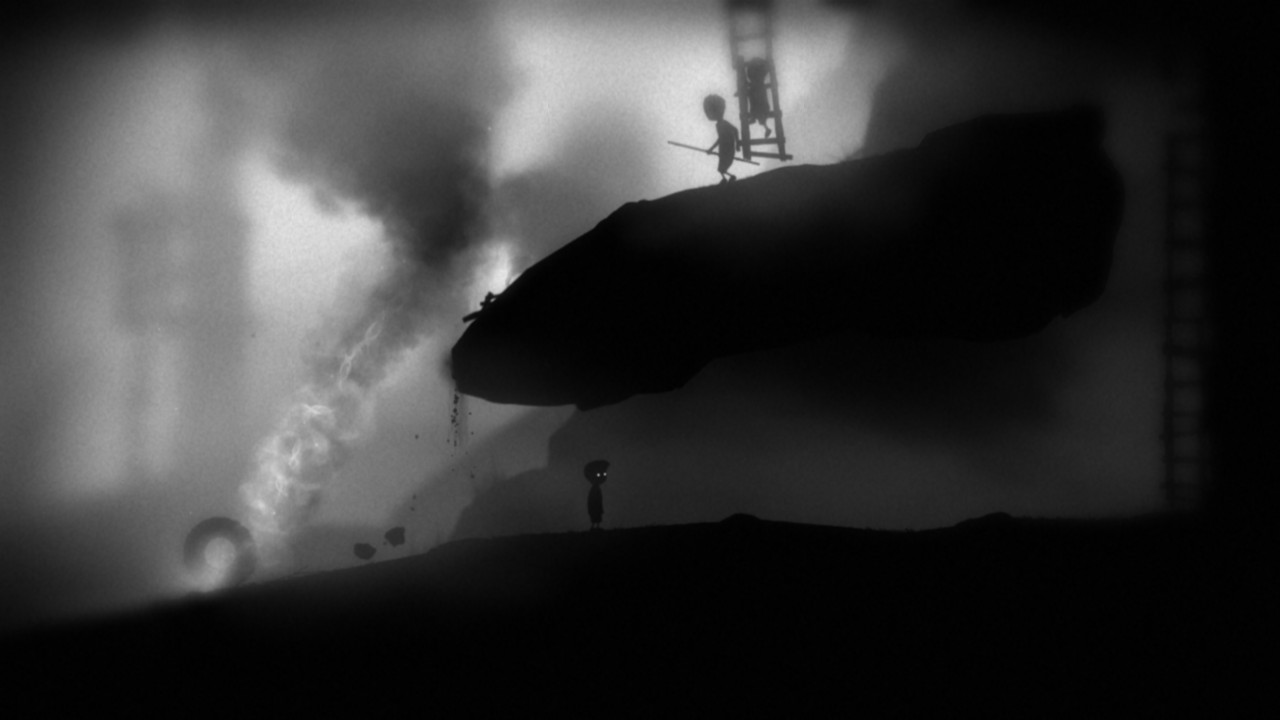
Throughout all of this symbolism, abstract narrative and oppressive environments you’re journeying through the world, traversing platforms, jumping gaps and solving puzzles. Unfortunately, this is where Limbo begins to show its age. The majority of the puzzles in Limbo are relatively simple, utilising pieces of the environment to complete platforming puzzles. Some of these puzzles are intuitive, like utilising pieces of the environment and lever pulls to create new platforms or escape flooding waters. None of these are overly complex and that’s where their weakness stems from. No single puzzle is likely to stop your progress for more than two or three deaths, with those deaths largely coming from unexpected results of pushing a box down a slope or being too slow to move after triggering a lever. While the relative ease of the puzzles stops you from being bogged down at any one point, it also causes you to gradually get bored with them as your progress. These puzzles are also hampered in their execution by Limbo’s controls, which are far from ideal. While I don’t remember this being an issue in 2010, there is a lack of responsiveness to Limbo’s controls that actively work against your success. There’s a latency to jumps that is frustrating at some points and maddening at others, while only ever feeling okay at best. For a game that gets so much else right, the actual act of traversing through it never reaches the same heights.
Few games would hold up to scrutiny 8 years after their initial release, so the majority of Limbo doing just that is a feat on its own. It’s artstyle, oppressive ambience and open narrative are just as affecting as they were in 2010, with the game’s puzzles and platforming showing their age. If you’ve played Limbo before there isn’t really anything here to bring you back in, but if you’re looking to check out an interesting platformer that isn’t quite like anything else, then you should check this out.
- Visual style is striking and unique
- Atmosphere is amazing
- Puzzles lack complexity
- Controls are unresponsive

